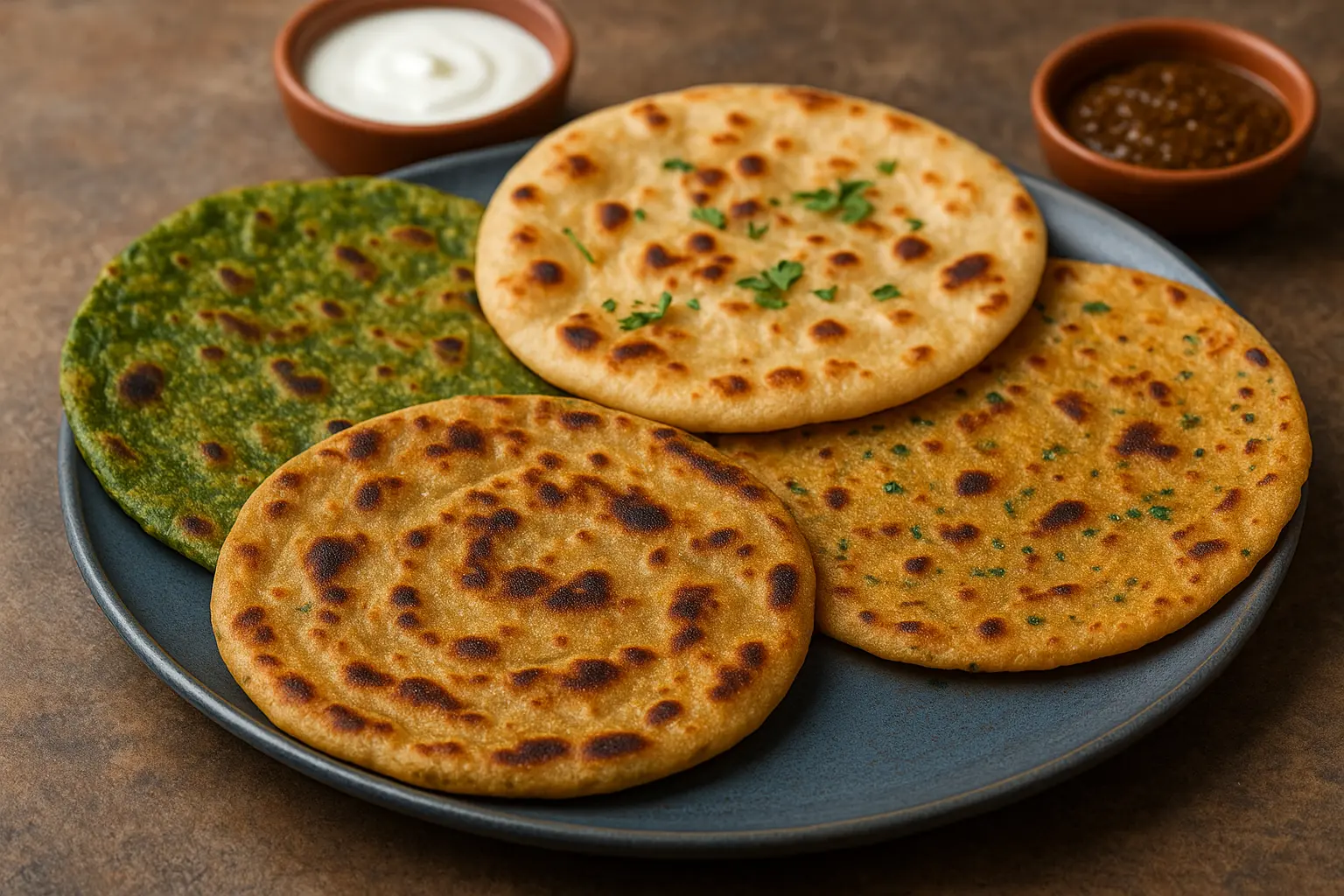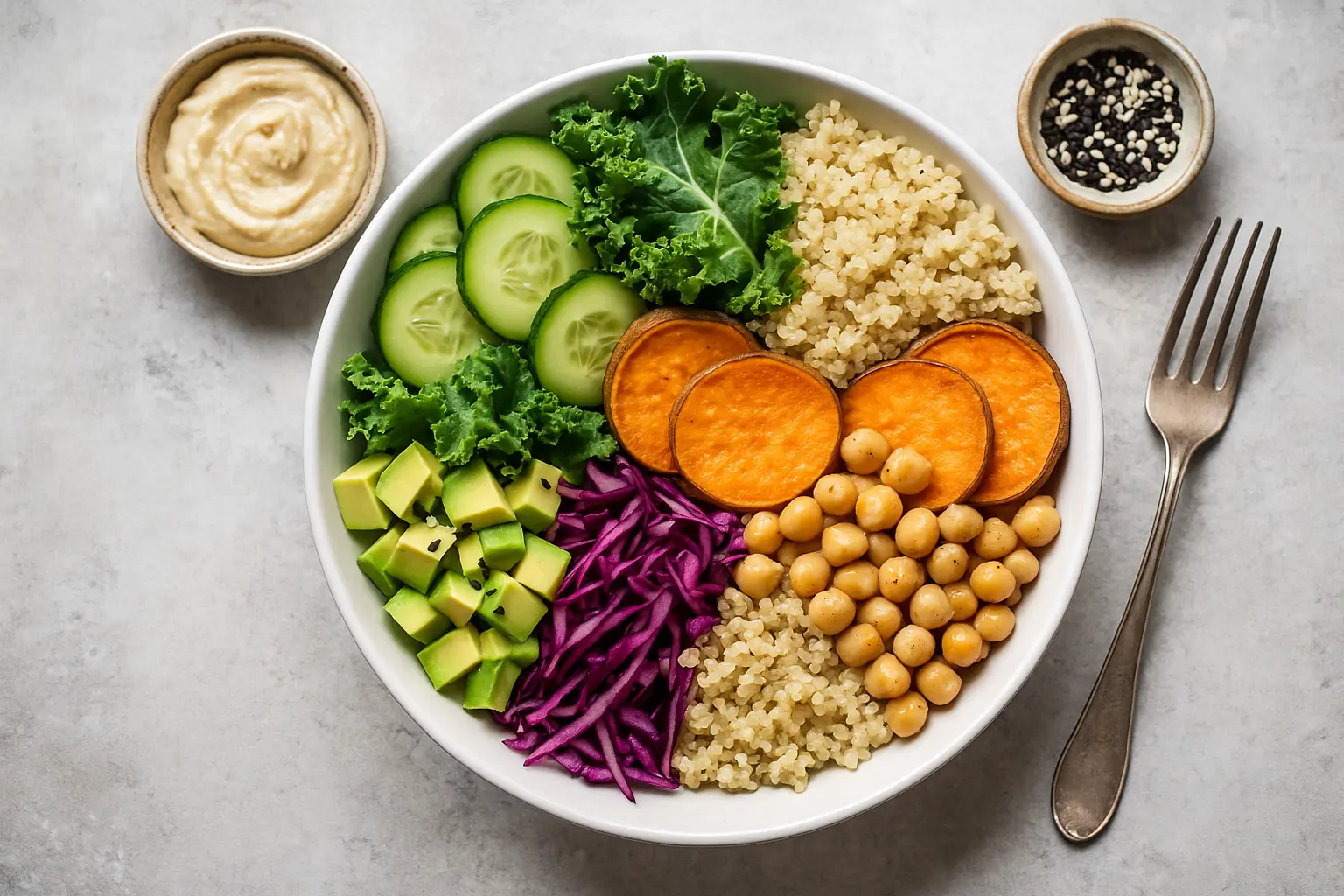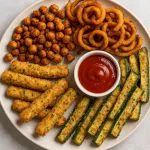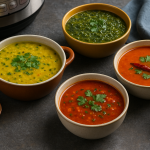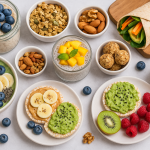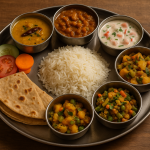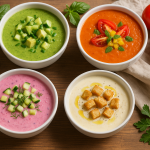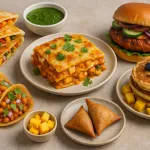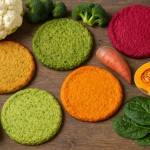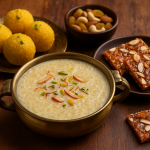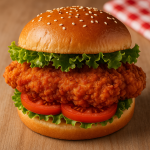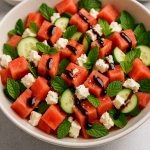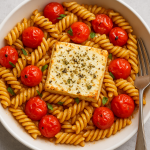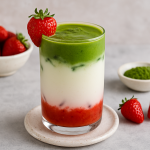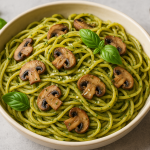Comforting Dal Recipes from Across India
When it comes to Indian comfort food, few dishes are as deeply satisfying and universally loved as dal. This humble dish made from lentils transcends states, languages, and cultures – adapting its flavour, spice profile, and cooking technique as it travels from Kashmir to Kerala, Gujarat to Bengal. Whether it’s a simple tadka dal or a celebratory dal makhani, the beauty of dal lies in its adaptability and soul-warming nature.
In this blog, we’ll take you through regional Indian dal recipes, their nutritional value, how to prepare them at home, and how dal continues to hold its place as a comforting staple for all diets – especially vegan, gluten-free, and high-protein lifestyles.
Why Dal Is the Ultimate Indian Comfort Food
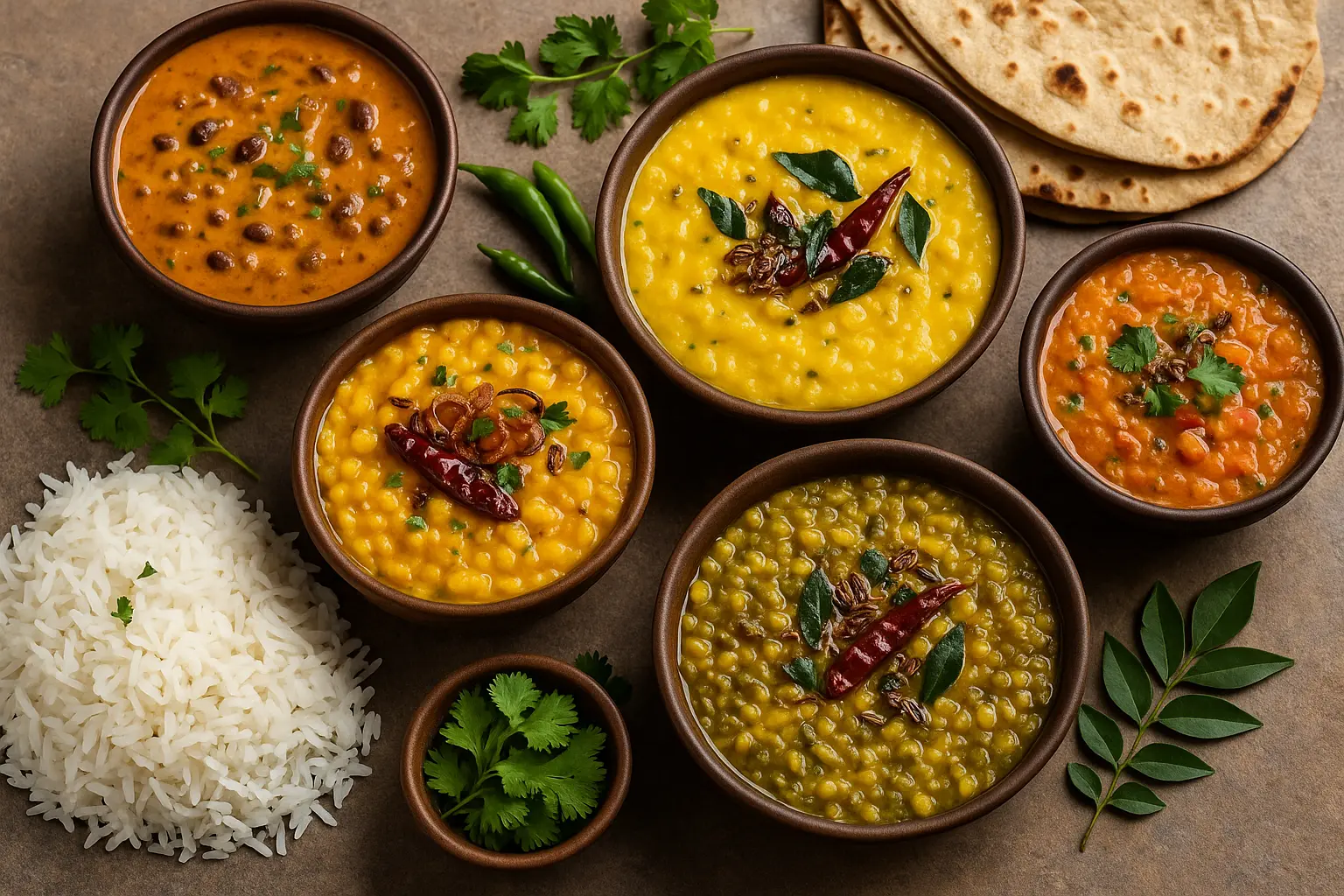
1. It’s Nutritious
Lentils are rich in plant-based protein, fibre, iron, and essential minerals. Whether it’s toor dal, moong dal, masoor dal, or chana dal – each type brings different nutrients to the table. Dal is perfect for vegans and vegetarians looking to meet their protein needs.
2. It’s Easy to Digest
Most Indian dals are cooked with digestive spices like cumin, hing (asafoetida), turmeric, and ginger. This makes them easy on the stomach, perfect for all ages – from toddlers to seniors.
3. Endlessly Customisable
Dal can be thick or runny, spicy or mild, rich or light. It can be enjoyed with rice, roti, idli, dosa, or just as a soup on its own. And it takes on flavours from every Indian state differently.
4. Budget-Friendly & Pantry Friendly
Lentils store well and are inexpensive. Most Indian homes stock a variety of dals, making it a go-to meal even on a tight budget.
Types of Lentils Commonly Used in India
Here’s a quick overview of the most popular lentils and their characteristics:
| Dal Type | Name (Regional) | Texture & Taste | Popular In |
|---|---|---|---|
| Toor Dal | Arhar, Thuvaram | Slightly nutty, creamy when cooked | Maharashtra, Gujarat, Andhra |
| Moong Dal (Split) | Mung | Light, easy to digest, soft texture | North India, Ayurveda-friendly |
| Whole Moong | Sabut Moong | Earthy, nutty, fibrous | Rajasthan, UP |
| Masoor Dal (Split Red) | Masur | Sweet-earthy, quick-cooking | Bengal, North-East |
| Chana Dal | Bengal Gram | Chunky, firm texture | Gujarat, Karnataka |
| Urad Dal (Split or Whole) | Uzhunnu, Maa ki Dal | Rich, creamy when slow-cooked | Punjab, Tamil Nadu |
| Kulith Dal | Horse Gram | Rustic, high in protein | South India, Maharashtra |
| Rajma & Lobia | Kidney & Black-eyed Beans | Not dals, but used similarly | Pan-India |
Regional Dal Recipes from Across India
Let’s explore the most heartwarming dal dishes that have stood the test of time, one region at a time.
1. Punjabi Dal Tadka
Signature Traits: Smoky, ghee-laden, served with jeera rice or roti
Ingredients:
Toor dal or a mix of toor and moong
Onion, tomato, garlic, ginger
Cumin, mustard seeds, turmeric, red chilli powder
Ghee or oil
Cooking Tips:
Pressure cook dal until soft.
Fry garlic and red chilli in ghee separately and pour over the dal just before serving – this gives it that signature smoky ‘tadka’ flavour.
2. Dal Makhani (Punjab)
Signature Traits: Rich, creamy, indulgent – slow-cooked overnight
Ingredients:
Whole urad dal, rajma
Butter, cream or coconut cream
Ginger, garlic, tomatoes
Garam masala, kasuri methi
Why It Comforts:
The slow cooking and buttery richness make it perfect for winter nights or special Sunday meals. Can be veganised using coconut milk and plant-based butter.
3. Gujarati Dal
Signature Traits: Sweet, tangy, thin consistency
Ingredients:
Toor dal
Peanuts, kokum or lemon, jaggery
Curry leaves, mustard seeds, cumin
Cooking Tips:
Add jaggery towards the end to balance the sourness.
Best served with rice, papad, and a dry sabzi on the side.
4. Bengali Cholar Dal
Signature Traits: Rich with ghee, coconut pieces, slightly sweet
Ingredients:
Chana dal
Bay leaf, cardamom, cinnamon
Coconut bits, raisins
Pair With:
Luchi (fried puris), pulao, or paratha. A festive dal often made during Durga Puja and Bengali weddings.
5. Tamil Nadu’s Sambar
Signature Traits: Spicy, tangy, vegetable-packed
Ingredients:
Toor dal
Tamarind extract
Mixed vegetables (drumsticks, carrots, pumpkin)
Mustard seeds, curry leaves, sambar powder
Pro Tip:
Use freshly ground sambar masala for enhanced flavour. Perfect with idli, dosa, rice, or even pongal.
6. Kerala Parippu Curry
Signature Traits: Coconut-rich, mild, often served on banana leaf
Ingredients:
Moong dal
Coconut paste
Green chillies, cumin, curry leaves
Pair With:
Red rice and ghee. Staple part of traditional Kerala Sadya.
7. Maharashtrian Amti
Signature Traits: Spicy, tangy with Goda masala and jaggery
Ingredients:
Toor dal
Goda masala, tamarind, jaggery
Curry leaves, mustard seeds
Serving Suggestion:
Served with steamed rice and potato bhaji – ideal rainy-day combo.
8. Andhra Pappu
Signature Traits: Spicy and tangy with tamarind or mango
Popular Variants: Tomato pappu, Gongura pappu (sorrel leaves), Mango pappu
Ingredients:
Toor or moong dal
Tamarind/mango/sorrel
Green chillies, garlic, mustard seeds
Why It’s Comforting:
Bold and rustic flavours that pair beautifully with hot rice and ghee.
9. Rajasthani Panchmel Dal
Signature Traits: Mix of five lentils, earthy, hearty
Lentils Used:
Moong, chana, masoor, urad, toor
Ingredients:
Ghee, hing, dry red chillies, cloves
Garlic, onion, green chillies
Why It’s Popular:
Traditional dal served with baati (wheat dough balls) and churma – classic Rajasthani trio.
10. Kashmiri Dal
Signature Traits: Minimal spices, subtle, warming
Ingredients:
Moong dal
Hing, turmeric, dry ginger
Pair With:
Plain rice or with nadru (lotus stem) for a complete Kashmiri-style meal.
Dal in Ayurvedic and Modern Diets
Ayurvedic View:
Moong dal is preferred for detox due to its lightness.
Lentils are considered grounding and nourishing.
Paired with spices like cumin, hing, turmeric – dal balances Vata and Kapha doshas.
Modern Health Benefits:
Rich in Protein: Essential for vegetarians and vegans.
Heart-Friendly: Lowers cholesterol and supports cardiovascular health.
Diabetes Friendly: Complex carbs and fibre help regulate blood sugar.
Meal Prep Tips for Dal
Batch Cooking: Most dals freeze well. Cook large portions and store in individual servings.
Make Tadka Separately: Store cooked dal plain and add tadka when reheating for freshness.
Lentil Mixes: Keep dry lentil mixes ready with spice kits for quick dal meals.
Dal-Based Meal Ideas
| Meal Time | Suggestions |
|---|---|
| Breakfast | Moong dal dosa, parippu curry with appam |
| Lunch | Gujarati dal with rice & sabzi |
| Dinner | Dal makhani with jeera rice or paratha |
| Snacks | Dal vada (fried lentil fritters) |
| Soups | Masoor dal soup with garlic croutons |
| Side Dish | Thick chana dal with sabzi & roti |
Vegan & Gluten-Free Notes
All the recipes above are naturally gluten-free and vegan or can be made vegan easily (e.g., replacing ghee with oil, cream with coconut milk).
Serve with brown rice, millets, or gluten-free flatbreads for a fully GF meal.
Final Thoughts
Dal is more than just a dish – it’s emotion, tradition, and nutrition wrapped into one warm bowl. From the smoky tadka of the North to the coconut-infused dals of the South, the diversity of Indian lentil dishes is unmatched. And no matter where you come from or what your diet is, there’s always a dal for you.
Whether you're a beginner cook or a seasoned home chef, these comforting dal recipes bring the heart of Indian kitchens into your home. Try them out, tweak them to your taste, and let every spoonful warm you inside out.
Leave a comment
Your email address will not be published. Required fields are marked *



